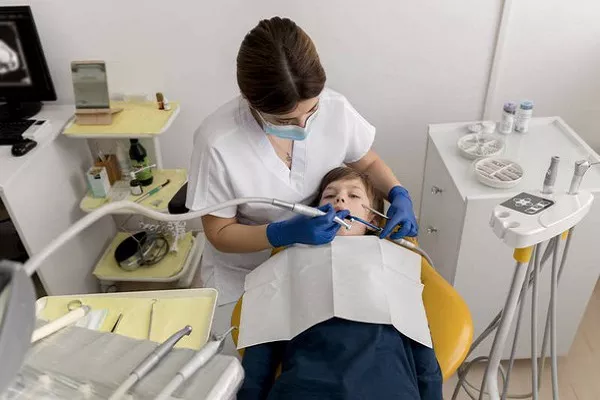Cavity filling is a common dental procedure aimed at restoring teeth affected by decay or cavities. However, the cost of this procedure can vary depending on several factors, particularly whether or not the patient has dental insurance coverage. For those without insurance, understanding the potential costs associated with cavity filling is essential for budgeting and planning their dental care. In this article, we’ll explore the typical expenses involved in cavity filling for individuals without insurance, factors influencing the cost, and options for managing the financial aspect of dental treatment.
Factors Affecting Cost
Several factors can influence the cost of cavity filling for individuals without insurance:
Type of Filling Material: The cost of cavity filling can vary depending on the type of filling material used. Common options include amalgam (silver) fillings, composite (tooth-colored) fillings, gold fillings, and porcelain fillings. Composite fillings tend to be more expensive than amalgam fillings due to their aesthetic appeal and versatility.
Size and Complexity of the Cavity: The size and complexity of the cavity being filled can impact the cost of the procedure. Larger or more extensive cavities may require additional time and materials, resulting in higher costs.
Location and Reputation of the Dental Provider: Dental fees can vary depending on the geographical location and reputation of the dental provider. Dental practices in urban areas or high-cost regions may charge higher fees compared to those in rural areas or areas with lower living costs.
Additional Procedures: In some cases, additional procedures may be required alongside cavity filling, such as tooth preparation, anesthesia administration, or dental x-rays. These additional procedures can add to the overall cost of treatment.
Dentist’s Experience and Expertise: The experience and expertise of the dentist performing the cavity filling can influence the cost. Dentists with advanced training or specialization may charge higher fees for their services.
Typical Costs of Cavity Filling Without Insurance
The cost of cavity filling without insurance can range from $75 to $250 or more per tooth, depending on the factors mentioned above. Here’s a breakdown of potential costs:
Amalgam Fillings: Amalgam fillings are typically the most affordable option, with costs ranging from $75 to $150 per filling.
Composite Fillings: Composite fillings are more expensive than amalgam fillings, with costs ranging from $150 to $250 or more per filling.
Gold or Porcelain Fillings: Gold and porcelain fillings are the most costly options, with prices starting at $250 per filling and potentially exceeding $1,000 depending on the material and complexity of the restoration.
Additional Procedures: The cost of additional procedures such as anesthesia administration or dental x-rays can vary but may add $50 to $200 or more to the total cost of treatment.
Managing Costs and Seeking Assistance
For individuals without dental insurance, managing the cost of cavity filling can be challenging. However, several options are available to help make dental care more affordable:
Payment Plans: Many dental practices offer payment plans or financing options to help patients spread out the cost of treatment over time.
Discount Dental Plans: Discount dental plans, also known as dental savings plans, provide reduced fees for dental services at participating providers. These plans typically involve an annual membership fee and offer discounts on various dental procedures, including cavity filling.
Community Health Centers: Community health centers or dental clinics may offer reduced-cost or sliding-scale fee structures for individuals with limited financial resources.
Dental Schools: Dental schools often provide dental services at lower costs, as treatment is performed by students under the supervision of licensed dentists. Patients may receive quality care at a reduced price by seeking treatment at a dental school clinic.
Conclusion
The cost of cavity filling without insurance can vary depending on factors such as the type of filling material, size and complexity of the cavity, location of the dental provider, and additional procedures required. While cavity filling expenses can be significant for individuals without insurance, various options exist to help manage costs, including payment plans, discount dental plans, community health centers, and dental schools. By exploring these options and discussing payment arrangements with dental providers, individuals can access necessary dental care while minimizing financial strain.
What Does Filling Do To Your Teeth
Tooth Filling Fell Out What To Do






























